“Choo-Choo” On This: Rail Systems & Satellite Networks
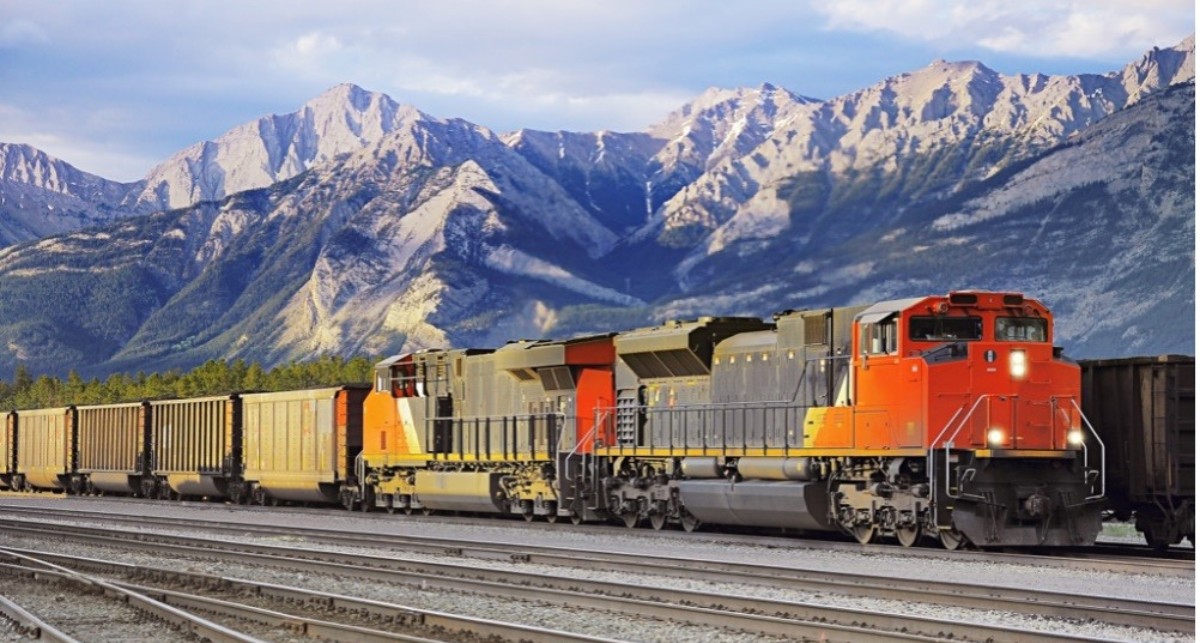
Satellite networks can play a critical role in keeping the world’s rail transport and delivery system safe and successful.
Rail systems are key to the global economy and can contribute significantly to a country’s gross domestic product (GDP). For example, in the United States, an average of 1.6 billion tons (or 1.45 billion metric tons) of cargo is freighted on railroads every year—according to the Association of American Railroads (AAR). It’s no wonder trains need to keep moving with as few delays as possible.
To keep trains safe, on track, and able to transport people and goods on time, railway operators must have access to a reliable communications system that works everywhere. While many rail operators rely on private or cellular networks to connect centralized command and control systems to improve railroad operations and safety, there remain thousands of miles of “dark territory”: areas without ground-based infrastructure (and therefore unsupported by terrestrial communications solutions). Having a resilient communications infrastructure can help to ensure smooth operations by keeping conductors in contact with other trains and operators, enabling real-time machine health monitoring, and giving operators the ability to run diagnostic reports as needed. All these capabilities are vital to ensuring a successful route and keeping railways as safe as possible—preventing disasters like train-to-train collisions and overspeed derailments.
How is this possible? Equipping trains with reliable, global satellite communications (SATCOM) can establish complete network coverage. Let’s find out how…
What is Positive Train Control?
Positive Train Control (PTC) includes protocols and procedures implemented within a train’s operating system and designed to prevent the most dangerous and life-threatening situations while on track. According to the U.S. Department of Transportation, several of the most common occurrences include train-to-train collisions, incorrect train maneuvers due to switches being left in improper positions, overspeed derailments, and incursions into established work zones. Equipping a train’s PTC with SATCOM technology helps to ensure that no matter where the train travels, a reliable connection will be available and important data points will not be missed.
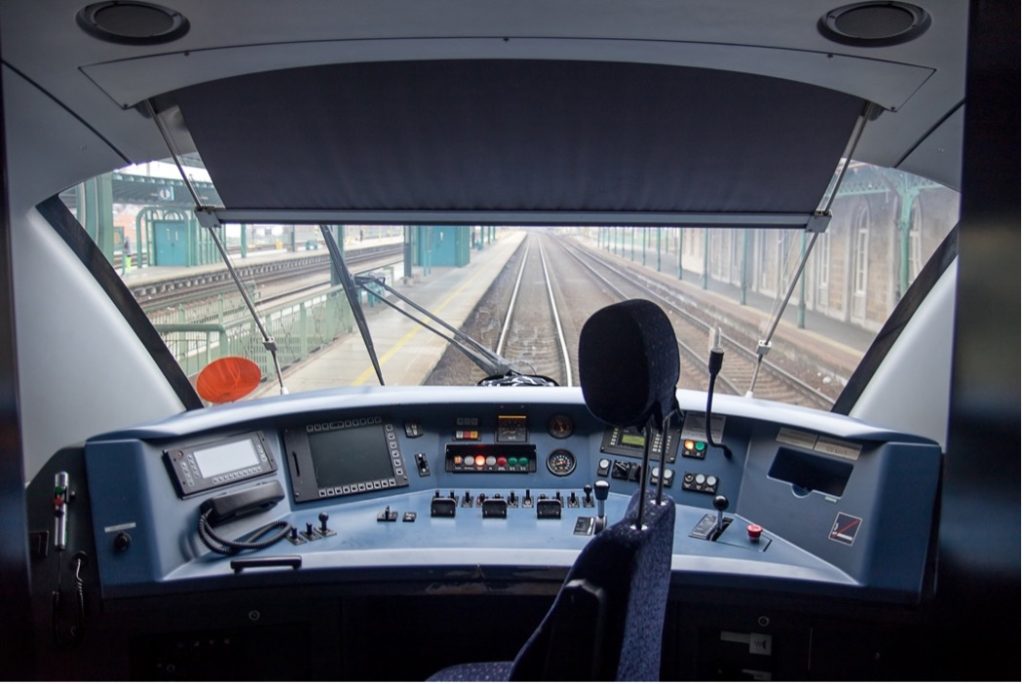
Getting From Point A To Point B: Track Sensors & Crew Communications
Satellite networks can enable more than just a train’s PTC system. Track sensors and conductor communications, two of the most critical components to train operations, can utilize satellite networks to transmit critical data and enable onboard communications for crew safety. Track sensors enabled by satellite networks can transmit vital safety information such as remote rail condition monitoring, including temperature and obstruction detection to warn of potential hazards. Sensors can also be deployed in flood and mudslide-prone areas to convey track condition changes that can prevent accidents, improving safety and reducing operational costs.
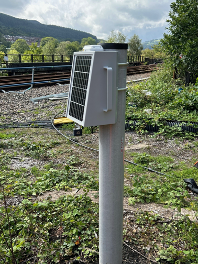
Radio Data Networks track-side wireless satellite gateway. Image credit: Radio Data Networks Limited.
For example, Radio Data Network’s battery-powered Rail Monitoring Solution, enabled by Iridium’s satellite network, captures real-time data of a track’s temperature and can be installed anywhere. This gives train conductors and rail control centers forewarning of any potential rail buckling due to extremely warm temperatures, or ice due to exceedingly cold temperatures, anywhere along the tracks. As important as all this sounds, the information being collected is only useful if it is quickly delivered to the correct people. With many sensors placed alongside tracks in areas located far beyond cellular coverage, satellite networks are the key ingredient to ensuring this important safety capability stays connected and information gets where it needs to go.
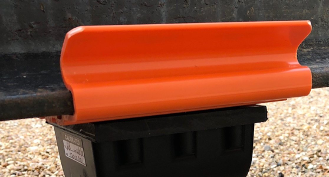
Radio Data Networks sensor/transmitter assembly mounted to the foot of the rail on an insulator clip. Image credit: Radio Data Networks Limited.
How Does SATCOM Provide Trains With Complete Network Coverage?
It may come as a surprise, but only about 15% of the world has cellular coverage. This means rail networks traverse a lot of uncovered areas. When a train is out of cellular coverage, satellite communications fills the gap—serving as the link between a train’s PTC system, the conductor’s communications with railway stations, remote track sensors, and the operator’s command center.
Satellite networks provide connectivity in areas of the world that cellular networks don’t view as worthy of significant infrastructure investments. Whether it’s a cellular network or a private rail system network, the costs to build and maintain these networks are difficult to justify relative to the costs associated with SATCOM.
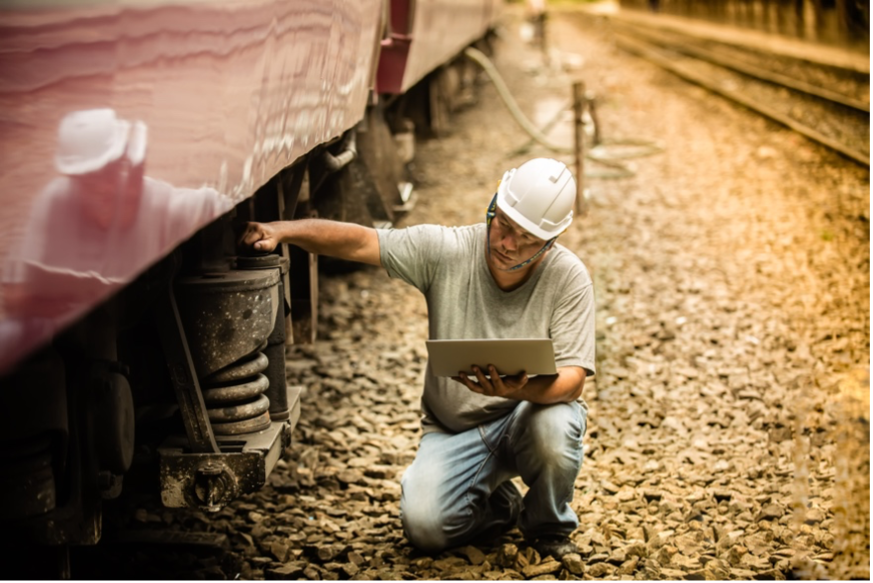
SATCOM terminals are increasingly affordable, available commercially off-the-shelf, and are simple to install on a train. Iridium, for example, offers low-latency, weather-resilient global connectivity via its crosslinked Low Earth Orbit (LEO) satellite constellation.
Trains equipped with Iridium Connected™ PTC technology and crew communications systems can stay connected along their remote routes, giving operators and technicians real-time information about the assets they are delivering. Iridium Connected track sensors offer a weather-resilient, small-form-factor solution for receiving critical safety data that can be discreetly placed and doesn’t suffer from the look-angle challenges in mountainous or high-latitude regions faced by geostationary networks. Additionally, rail applications that run over Iridium Certus® offer all the mentioned benefits of Iridium’s network in a variety of speed class options. User requirements can be tailored to their data needs.

